Planning your wedding menu might be exciting, but certain foods can turn your special day into a disaster. From stained dresses to upset stomachs, the wrong food choices can create lasting memories for all the wrong reasons. Here’s a practical guide to foods you should think twice about before adding to your wedding menu.
1. Garlic-Heavy Dishes
Nothing kills romance faster than potent garlic breath wafting between newlyweds during their first dance. While delicious, garlic-infused dishes leave a lingering aroma that clings to guests’ breath for hours.
Photos capture memories forever—including that moment when everyone’s grimacing from someone’s garlic exhalation. Even worse, the smell transfers to clothing, meaning your expensive wedding attire might need extra cleaning.
Consider milder flavor profiles that won’t compromise intimate conversations or close-proximity dancing. Your photographer will thank you when guests aren’t constantly turning away from each other during candid shots!
2. Fish with a Strong Smell
Mackerel, sardines, and other pungent fish varieties create an aroma that travels throughout your venue faster than wedding gossip. The powerful smell can overwhelm floral arrangements and perfumes, becoming the unwelcome signature scent of your celebration.
Many guests find strong fish odors unappetizing or even nauseating. The smell lingers on fingers and breath, making subsequent socializing awkward.
If you must serve seafood, opt for milder options like cod or halibut with subtle seasonings. Your reception space should smell like flowers and happiness—not like a fishing dock at the end of a busy day!
3. Shellfish Selections
Shellfish allergies rank among the most common and potentially dangerous food sensitivities. Even with clear labeling, cross-contamination risks remain high, especially at buffets where serving utensils might be accidentally swapped.
Beyond health concerns, shellfish creates practical problems. Imagine guests struggling to crack open crab legs while wearing their finest clothes, or the distinctive seafood smell competing with your expensive perfume.
The shells also create unsightly waste that clutters tables and plates. If seafood is non-negotiable, consider pre-shelled options served in individual portions that minimize mess and reduce allergy risks for your vulnerable guests.
4. Tacos or Burritos
The structural integrity of tacos and burritos fails spectacularly under wedding conditions. One bite typically sends a cascade of fillings onto laps, tablecloths, and unfortunately, wedding attire. Taco shells crack at the worst moments, creating embarrassing crunching sounds during quiet reception moments.
Salsa and guacamole stains rank among the most difficult to remove from formal wear. The bright colors create permanent souvenirs on expensive dresses and suits.
Guests juggling drinks, conversation, and unstable Mexican food create a recipe for disaster. For a safer Mexican-inspired option, consider deconstructed versions served in cups or as finger-friendly mini tostadas that deliver the flavor without the structural hazards.
5. Messy BBQ Ribs or Wings
BBQ sauce possesses an almost magnetic attraction to white wedding dresses and rented tuxedos. The sticky, dark sauce creates permanent stains that even professional cleaners struggle to remove completely.
Eating ribs or wings requires both hands, making social mingling nearly impossible. Guests become isolated at their tables, focused entirely on navigating bones and sauce rather than celebrating your special day.
The stack of sauce-covered napkins creates unsightly table messes, while the lingering smell of smoke and sauce clings to hair and clothing long after eating. If you’re set on a BBQ theme, consider less messy options like pulled pork sliders or boneless bites that deliver the flavor without requiring guests to wear the evidence.
6. Overly Spicy Foods
Wedding days involve enough natural heat without adding fiery foods to the mix! Spicy dishes create uncomfortable situations for guests who may be too polite to refuse them but lack the tolerance to enjoy them.
Teary eyes, runny noses, and excessive sweating make for unflattering wedding photos. Some guests might experience digestive distress that sends them running to restrooms during key moments like speeches or your first dance.
Not everyone appreciates or can physically tolerate capsaicin’s effects. Offering varied spice levels helps, but kitchen cross-contamination remains a risk. Instead, provide flavorful but milder options with spicy condiments on the side so guests can customize their heat level without suffering through an uncomfortable celebration.
7. Greasy Burgers
Burgers might seem like crowd-pleasers, but they transform elegant wedding guests into napkin-hoarding mess managers. Grease spots on formal attire resist spot cleaning and become more noticeable throughout the night.
The logistics of eating burgers while standing proves nearly impossible. Guests awkwardly juggle plates, drinks, and unwieldy sandwiches that disintegrate with each bite, creating social anxiety rather than enjoyment.
Burger toppings inevitably slide out, landing on shoes, floors, and tablecloths. For a safer alternative that captures the comfort food appeal, consider mini sliders that provide portion control and stability, or deconstructed burger stations where guests can fork-and-knife their way through the experience without wearing their meal home.
8. Leafy Salads That Wilt Quickly
Fresh, crisp salads transform into sad, soggy messes surprisingly quickly under reception conditions. Heat from nearby chafing dishes, room temperature, and dressing all accelerate the wilting process, creating an unappetizing swamp on plates.
Leafy greens have an uncanny ability to cling to teeth, creating awkward moments in conversation and photos. Guests spend more time checking their teeth than enjoying your celebration.
Large salad leaves require ungraceful cutting or folding techniques that challenge even the most etiquette-savvy guests. If salads are must-haves, choose heartier varieties like kale or cabbage that maintain texture longer, and serve dressing on the side. Chopped salads also eliminate the dental decoration issue while providing easier eating.
9. Sandwiches with Soggy Bread
Pre-made sandwiches undergo a disappointing transformation during their buffet line wait time. The bread absorbs moisture from fillings, creating an unpleasantly mushy texture that falls apart when guests attempt to eat it.
Soggy sandwiches require excessive napkin use and create embarrassing moments when fillings slide out unexpectedly. The structural failure forces guests to focus on damage control rather than enjoying your special day.
The visual appeal deteriorates quickly too, with previously appetizing options looking sad and neglected. If sandwiches appeal to your vision, consider a staffed sandwich station with bread toasted to order, or deconstructed open-faced varieties that eliminate the sogginess problem while maintaining the casual comfort food appeal that makes sandwiches attractive options.
10. Exotic Cheeses with Strong Aromas
Adventurous cheese selections might impress culinary enthusiasts but can overwhelm your wedding space with persistent odors. Varieties like Époisses, Limburger, or aged blue cheeses emit powerful scents that compete with floral arrangements and perfumes.
Many guests find strong-smelling cheeses genuinely off-putting. The lingering aroma clings to breath and fingers, making close-talking reception conversations uncomfortable.
While cheese stations have become wedding trends, stick with crowd-pleasing varieties that don’t announce themselves from across the room. Mild to medium options like aged cheddar, gouda, or brie offer sophisticated flavor without olfactory offense. Your guests will appreciate being able to enjoy conversations without holding their breath!
11. Fried Foods That Get Cold Fast
Hot, crispy fried foods transform into cold, greasy disappointments with shocking speed. Once-perfect calamari or french fries become limp, oil-soaked shadows of their former selves within minutes of hitting the buffet table.
The texture change proves particularly disappointing, with crisp exteriors turning soggy while interiors cool to an unpleasant temperature. Guests who arrive later to the buffet receive a substantially worse culinary experience than early arrivers.
Cold fried foods also develop an unappetizing sheen and aroma. If your heart’s set on fried options, consider small-batch cooking with staggered serving times, or stations where items are prepared fresh throughout the reception. Your guests deserve the full delicious experience—not the sad, cold aftermath!
12. Messy, Crumbly Desserts
Powdered sugar becomes an airborne menace around formal attire, creating mysterious white spots on dark clothing that look alarmingly similar to certain personal care products. One enthusiastic bite of a powdered donut sends a cloud of sweet dust onto surrounding guests and surfaces.
Crumbly desserts scatter evidence across reception venues, creating cleanup nightmares and hazardous dance floor conditions. The mess extends to hands, requiring constant napkin use and trips to wash up.
Photos capture these dessert disasters permanently—the bride with mysterious powder on her gown or the groom with crumb-covered lapels. For cleaner alternatives, consider glazed or ganache-covered options that contain their sweetness rather than distributing it across your venue and guests.
13. Overly Elaborate Mini Foods
Tiny, architectural food creations might look Instagram-worthy but create real-world frustration for hungry wedding guests. These precious bites typically require multiple attempts to eat successfully, with toppings sliding off or entire structures collapsing at first contact.
The diminutive size means guests need to consume many pieces to feel satisfied, creating multiple opportunities for mishaps. Most mini foods lack the structural integrity to make it from serving tray to mouth intact.
The visual appeal rarely compensates for the practical challenges they present. If you love the aesthetic of small bites, choose options designed for stability and ease—single-skewer items, stuffed pastry cups, or anything that can be consumed in one clean bite without requiring surgical precision from your guests.
14. Rare or Raw Meat
Serving rare beef or tartare-style dishes introduces significant food safety concerns at wedding receptions. Temperature control becomes challenging over extended serving periods, potentially allowing harmful bacteria to multiply to dangerous levels.
Many guests feel uncomfortable with visibly raw meat products but may feel obligated to eat what’s served. The sight of bloody juices on wedding china creates visceral negative reactions from a significant percentage of attendees.
Pregnant women, elderly guests, and those with compromised immune systems face genuine health risks from undercooked proteins. For crowd-pleasing safety, choose medium preparations for beef options, or offer varying degrees of doneness at action stations where proteins are cooked to order and served immediately, minimizing both safety concerns and the off-putting visual impact.
15. Raw Bar Items
Raw seafood stations create substantial liability despite their luxury appeal. Oysters, clams, and other uncooked seafood carry inherent risks that multiply when served to large groups with varying health conditions.
Temperature control proves challenging at lengthy receptions, especially for outdoor summer celebrations. One bad oyster can create memorable wedding stories for all the wrong reasons!
Many guests feel intimidated by the etiquette and technique required for consuming raw bar items. The distinctive briny aroma also travels throughout your venue, competing with floral scents. If seafood features prominently in your vision, consider cooked alternatives like chilled shrimp cocktail or smoked salmon that deliver oceanic luxury with significantly reduced health concerns and greater guest accessibility.
16. Egg-Based Dishes
Deviled eggs and egg-forward dishes develop an unfortunate sulfuric aroma that intensifies as they sit at room temperature. This distinctive smell can overpower your carefully selected floral arrangements and cling to the venue.
Food safety becomes a serious concern with egg-based items. After the FDA-recommended two-hour maximum at room temperature, these crowd-pleasers transform into potential illness-causers.
The aesthetic appeal deteriorates quickly too—deviled eggs develop that unappetizing film on top, while quiches weep moisture that creates soggy, sad-looking servings. If eggs must make an appearance, consider made-to-order omelette stations that solve both the safety and aroma issues while providing fresh, customized options that won’t offend noses or upset stomachs.
17. Nut-Heavy Dishes
Nut allergies rank among the most common and potentially life-threatening food sensitivities. Even with careful labeling, cross-contamination risks remain high in wedding serving situations where utensils might be accidentally switched between dishes.
The severity of reactions varies dramatically—from mild discomfort to emergency medical situations requiring immediate intervention. No couple wants their wedding remembered for the ambulance arrival!
Hidden nuts in sauces, garnishes, or as processed ingredients create dangerous situations where allergic guests cannot visually identify threats. The safest approach avoids nuts entirely, but if they’re essential to your menu vision, implement rigorous separation protocols, prominent signage, and ensure serving staff can accurately answer ingredient questions. Your guests’ safety matters more than any culinary preference.
18. Watermelon or Other Juicy Fruits
Watermelon might seem refreshing, but it transforms elegant wedding guests into sticky-fingered mess managers. The high water content creates drippy disasters that find their way onto chins, fingers, and inevitably, formal attire.
Bright pink juice leaves telltale stains that resist spot cleaning. Once dried, these fruit juice marks create permanent souvenirs on expensive dresses and rented tuxedos.
Seeds create additional hazards, requiring discreet disposal or risking accidental projection during animated conversations. If fruit displays feature in your vision, opt for less juicy varieties like berries or grapes that can be enjoyed in single, contained bites. Alternatively, serve melon in small cups with forks to contain the juicy evidence while still offering seasonal freshness.
19. Canned or Processed Foods
Wedding guests have a surprising ability to identify canned or heavily processed foods, even when disguised with garnishes or fancy serving vessels. The distinctive taste and texture immediately signal cost-cutting rather than celebration.
Canned options typically contain excessive sodium and preservatives that leave guests feeling thirsty and bloated. Nobody wants to feel uncomfortable while trying to enjoy your celebration or fit into carefully tailored formalwear.
The visual appeal falls short too—canned fruits look sadly uniform, while processed cheese products develop an unnatural sheen under reception lighting. Your wedding represents a significant investment; the food should reflect that same care and quality. Fresh, seasonal ingredients might cost slightly more but deliver exponentially better guest experiences.
20. Anything That Melts Easily
Ice cream and similarly temperature-sensitive desserts create a race against time that most wedding setups lose. The transformation from elegant frozen treat to sad puddle happens with surprising speed, especially under warm reception lighting or during summer celebrations.
Melted dairy products develop an unappetizing appearance and aroma after sitting at room temperature. The resulting messes create hazards on dance floors and stains on furniture.
Guests feel pressured to consume these items immediately rather than at their leisure, creating awkward serving rushes. If frozen treats hold special significance, consider hiring staff to serve them at specific times with proper temperature control, or explore alternatives like ice cream cookie sandwiches that contain the melt factor while delivering similar flavor satisfaction.
21. Soup Served in Standard Bowls
Soup requires complete attention and two steady hands—luxuries rarely available during mingling-focused wedding receptions. The high spill potential creates anxiety rather than enjoyment, with guests worried about splashes on their special-occasion attire.
Hot soups present genuine burn risks in crowded spaces where bumping is inevitable. Even the most careful guests struggle with soup navigation while standing or conversing.
The practical challenges extend to seating arrangements, as proper soup consumption requires a stable surface and full place setting. If soup holds special significance for your celebration, consider serving it as a plated first course during the seated portion of your reception, or offer it in sippable cups that eliminate spoons and reduce spill risks while still delivering the comforting flavors you desire.
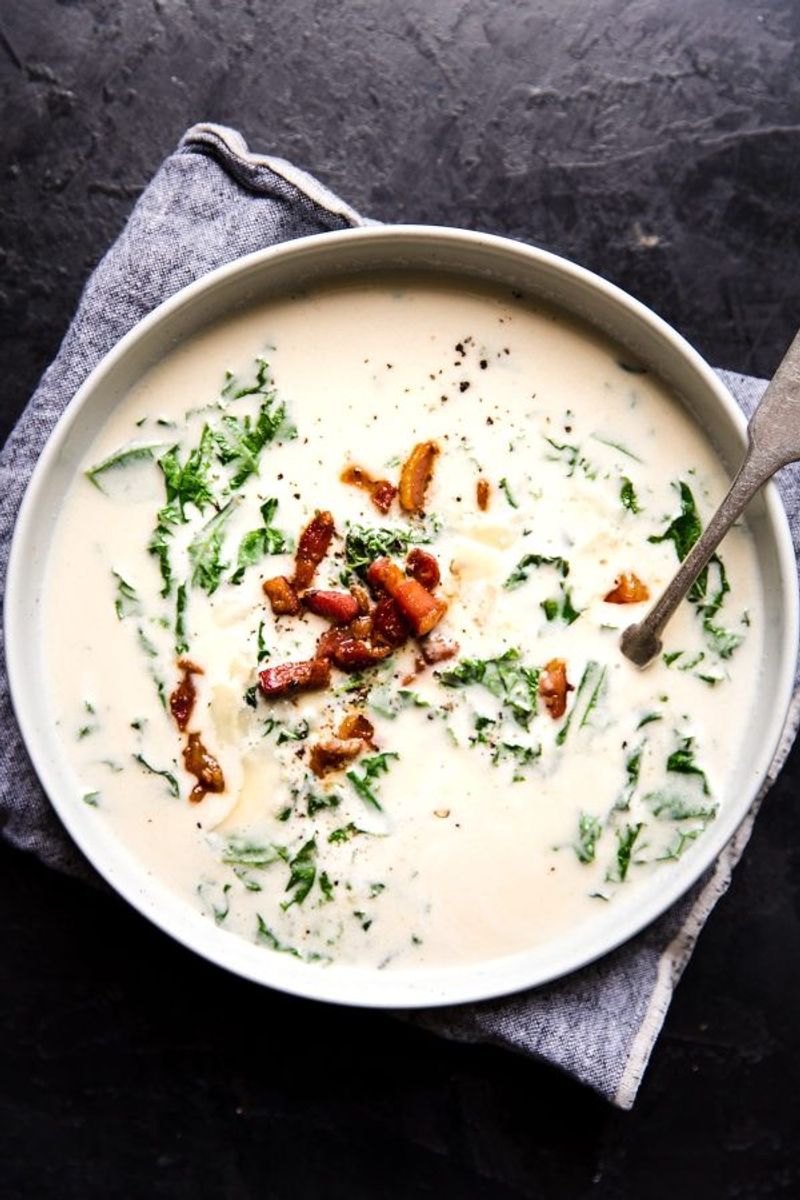
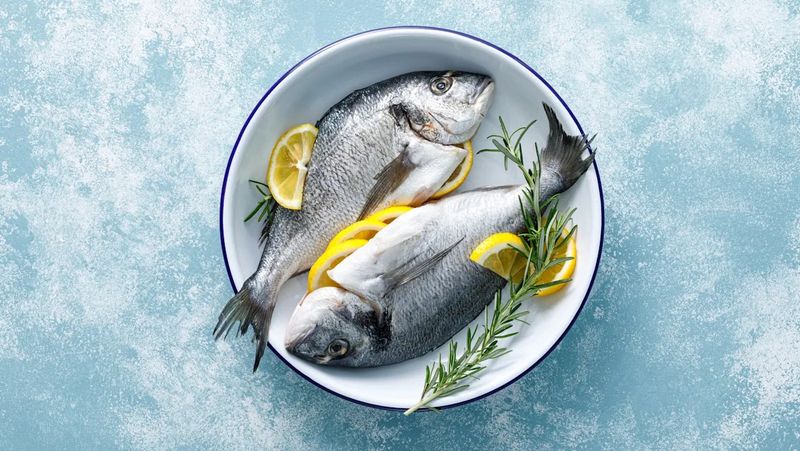
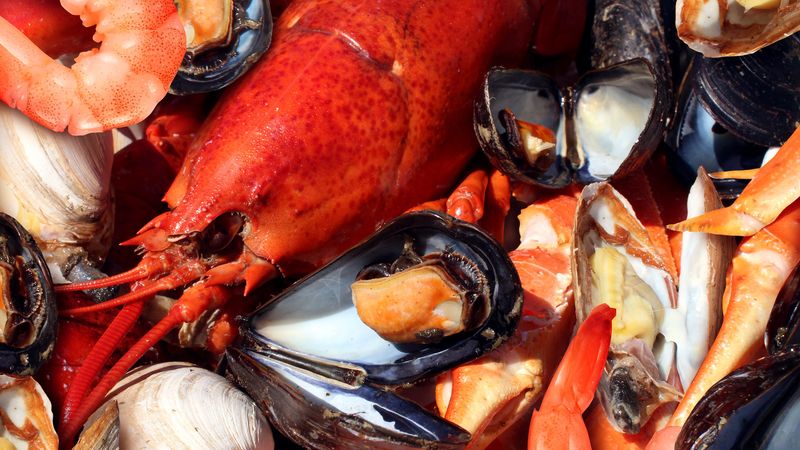
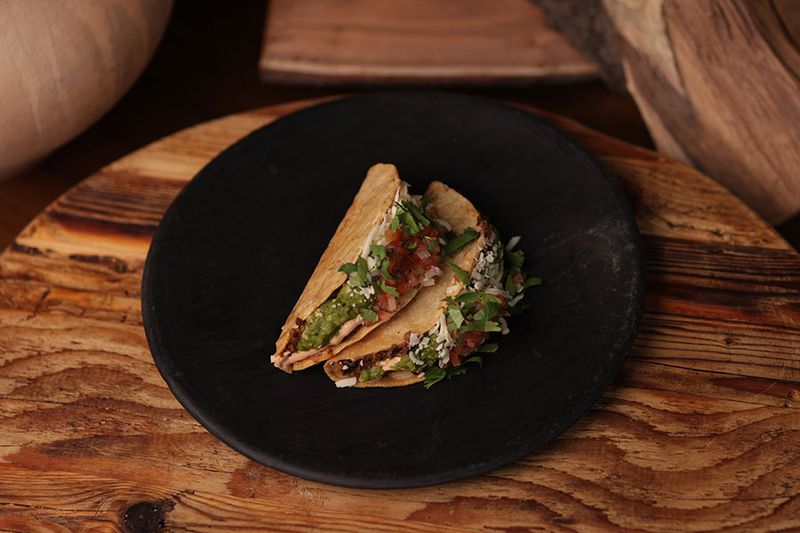

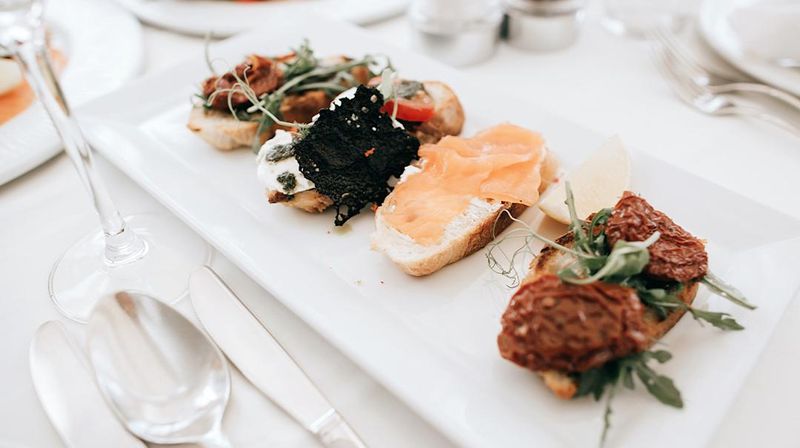
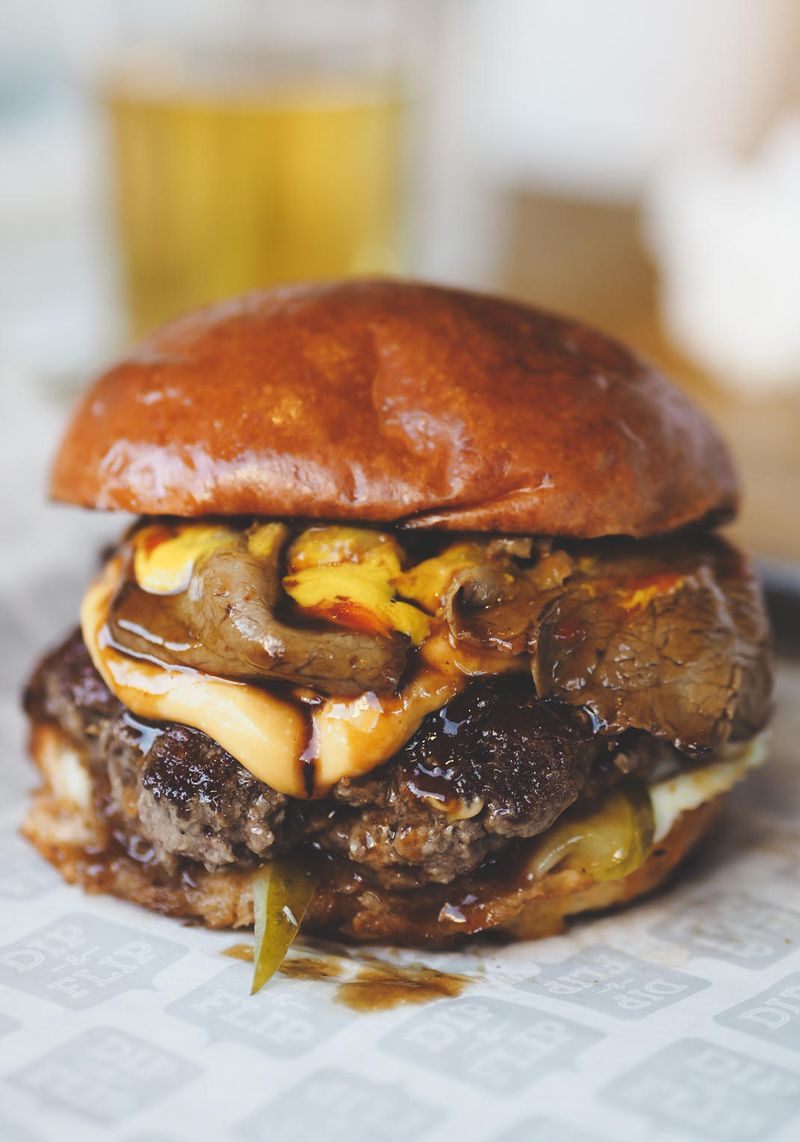
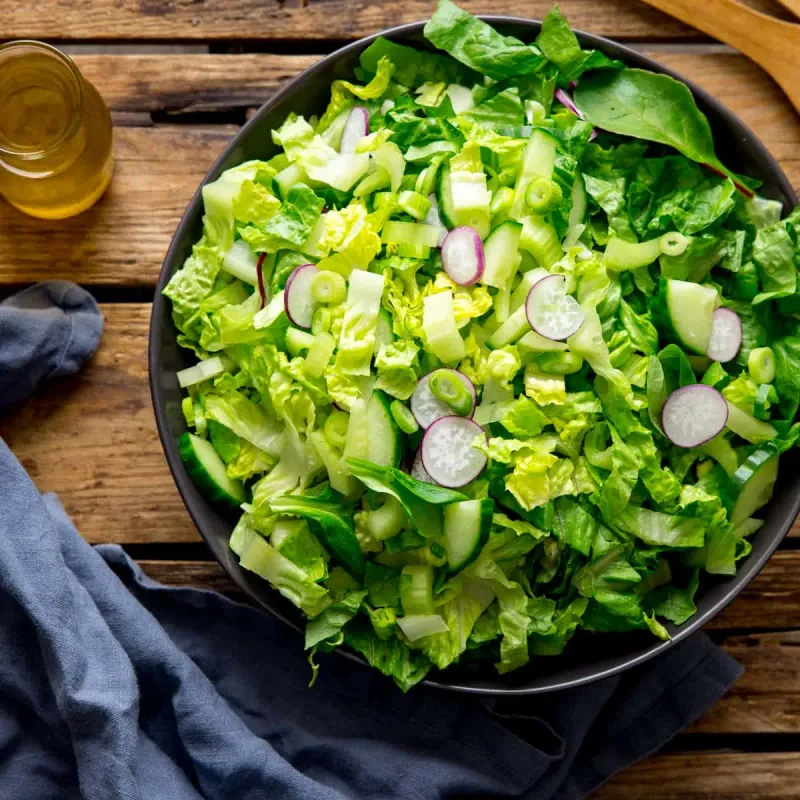
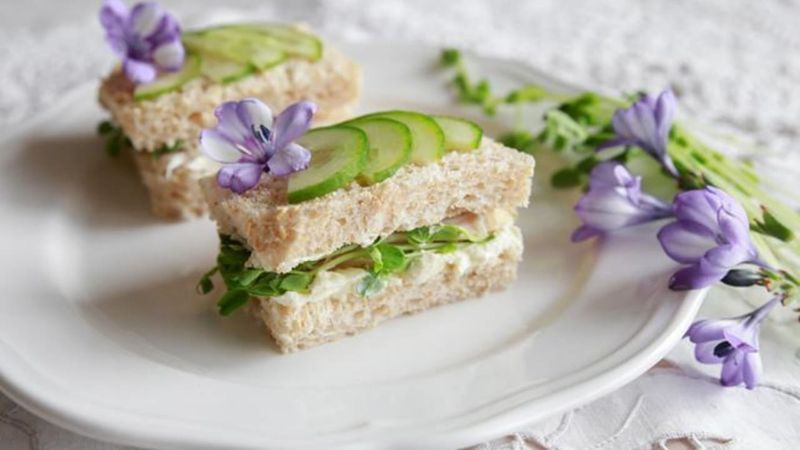
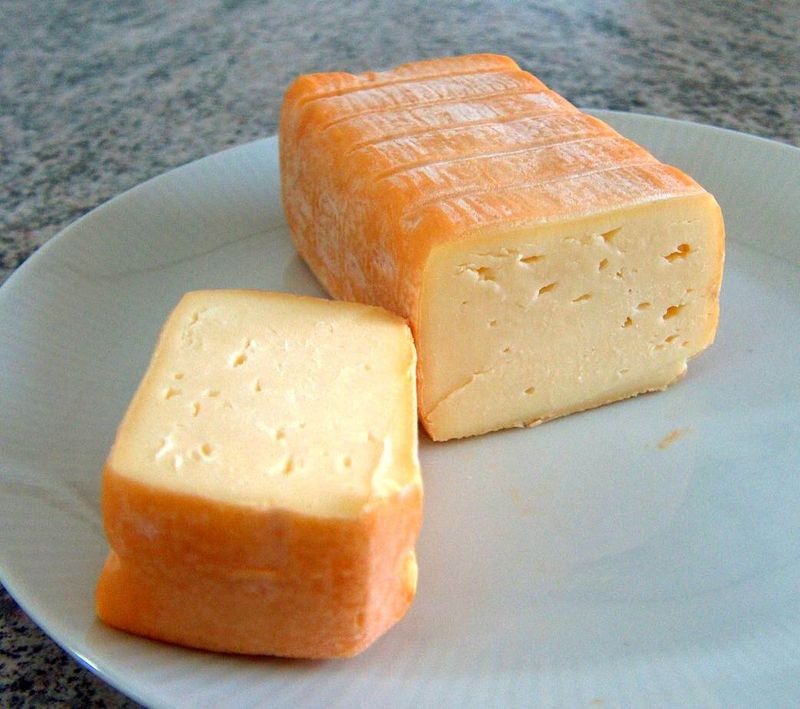
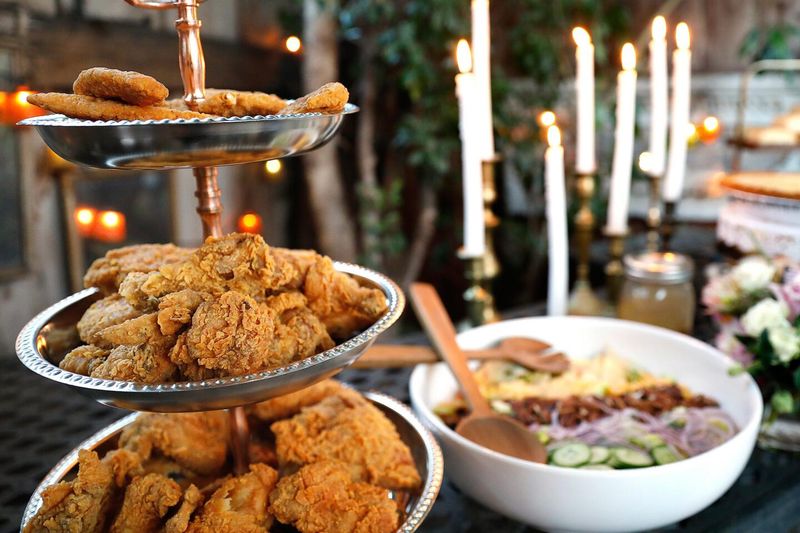
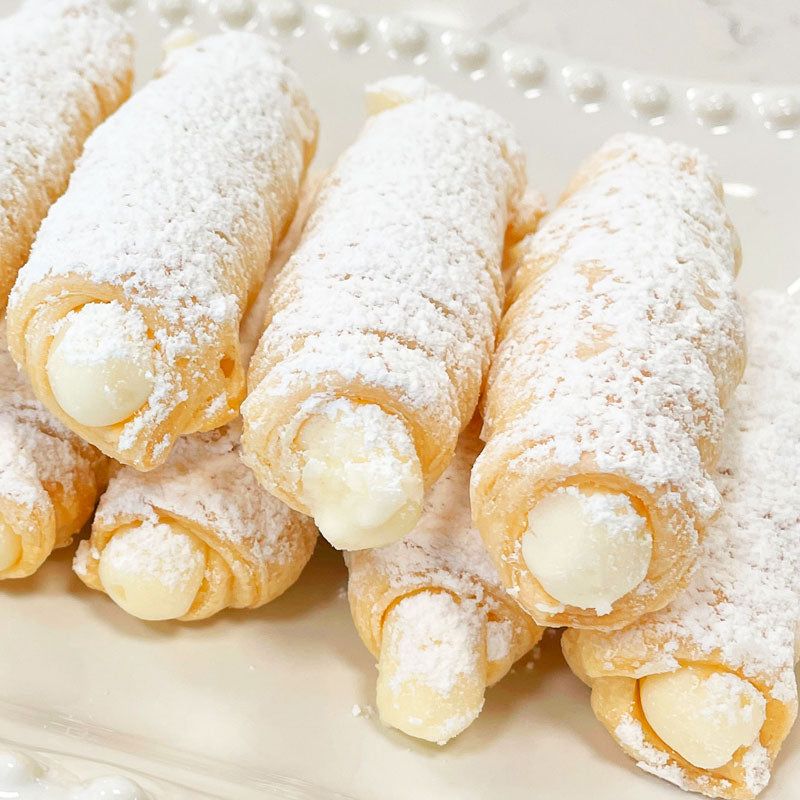
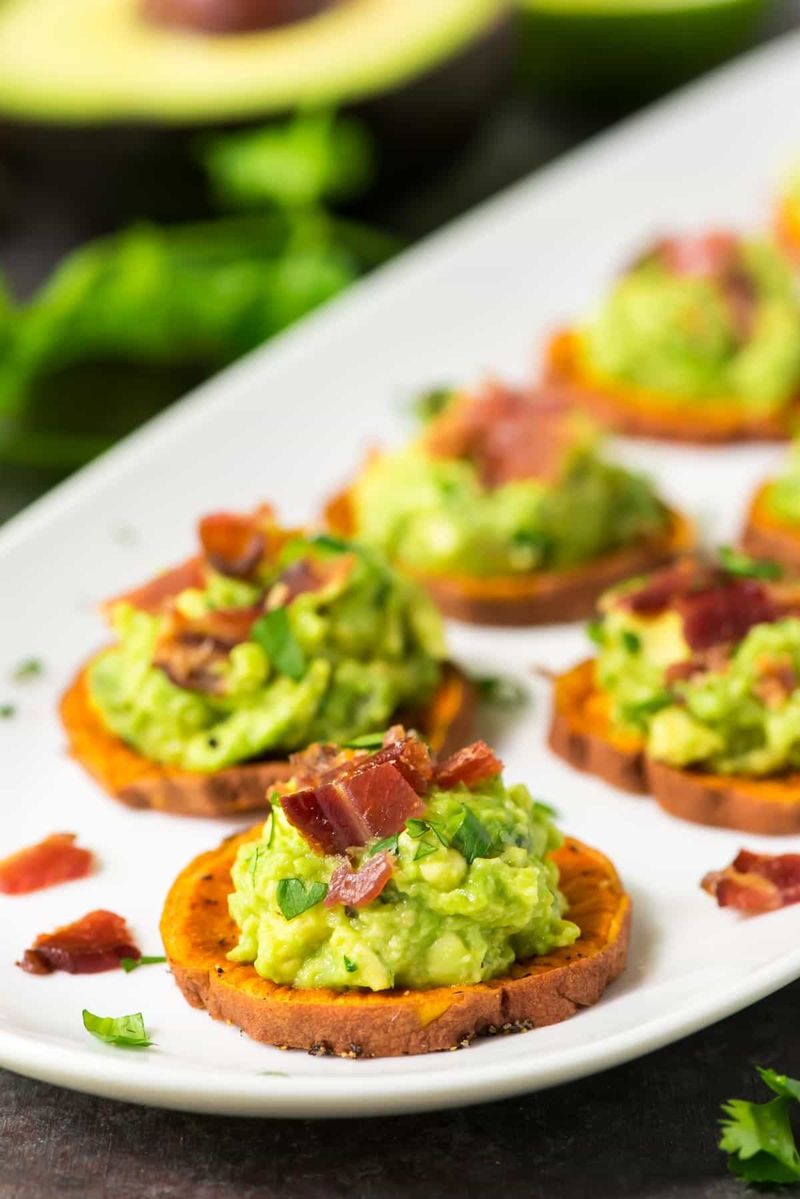
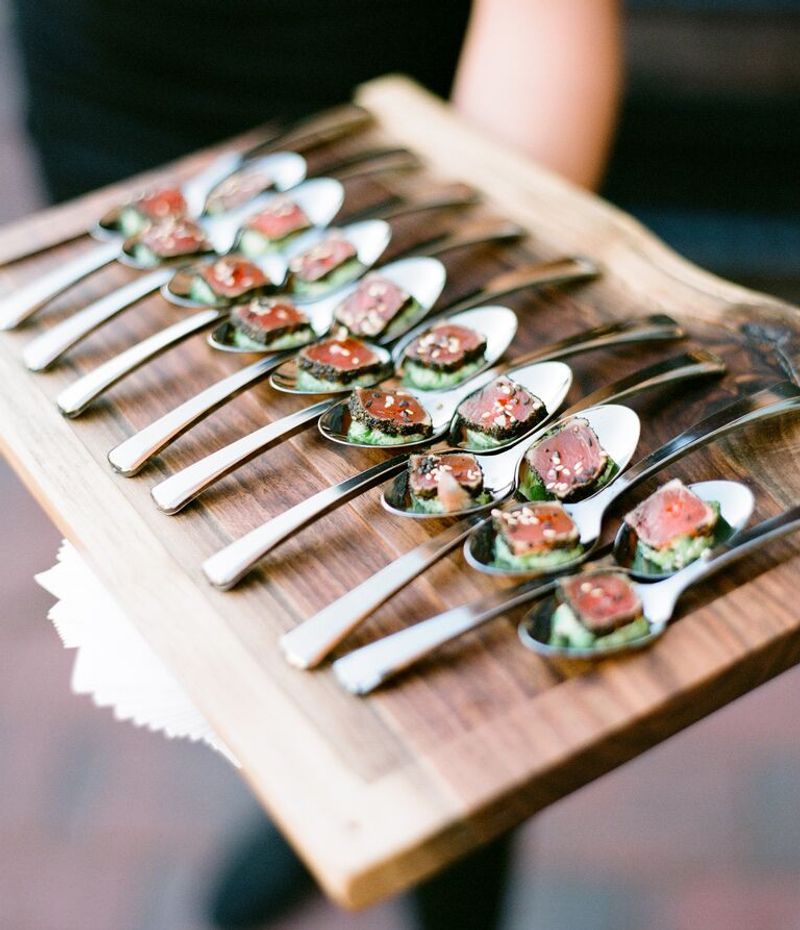
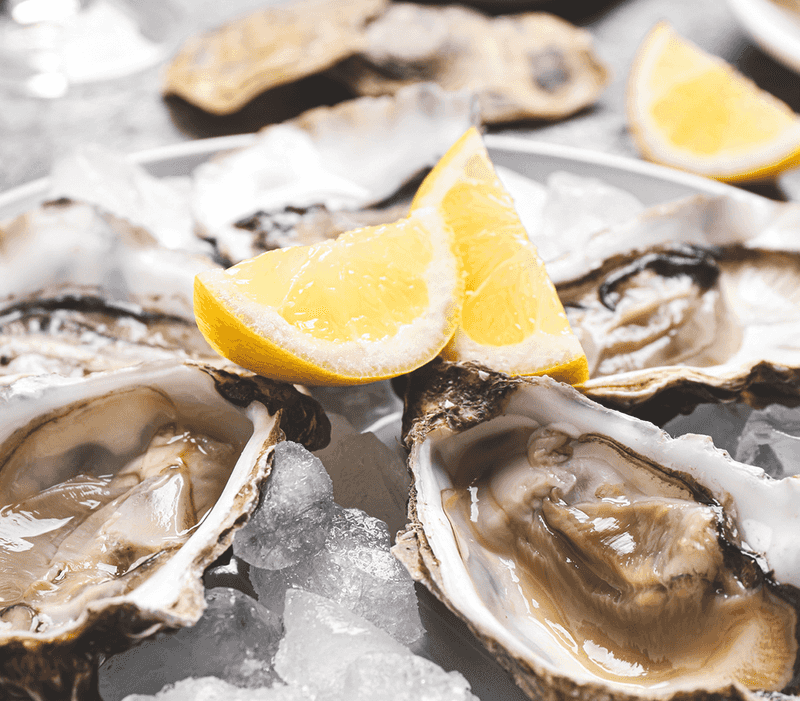
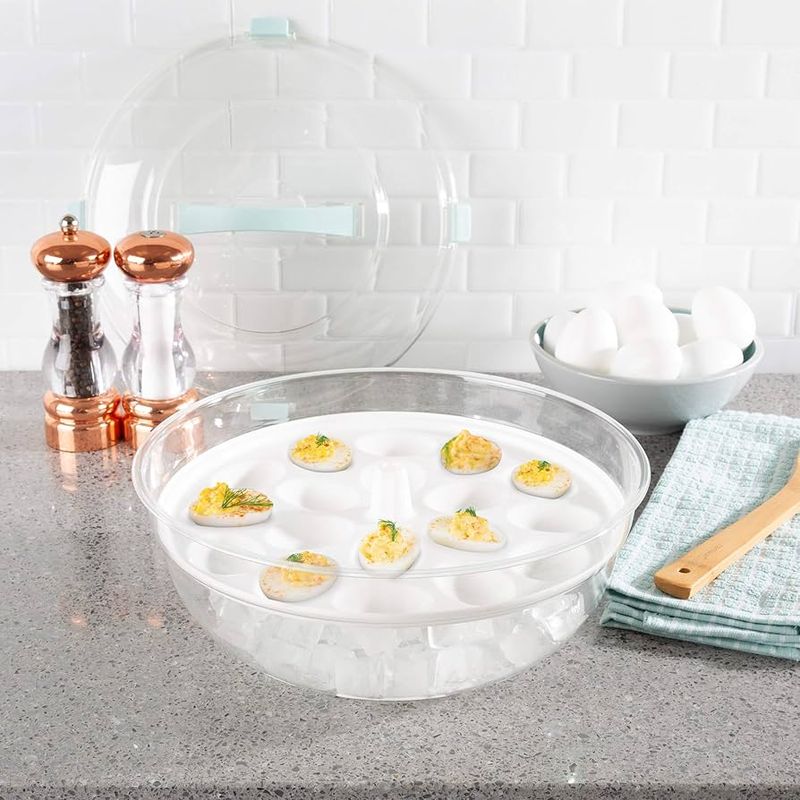
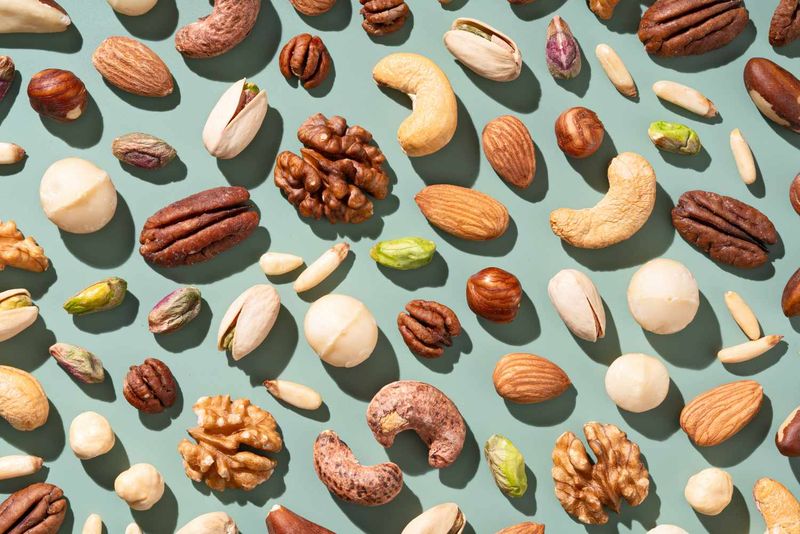
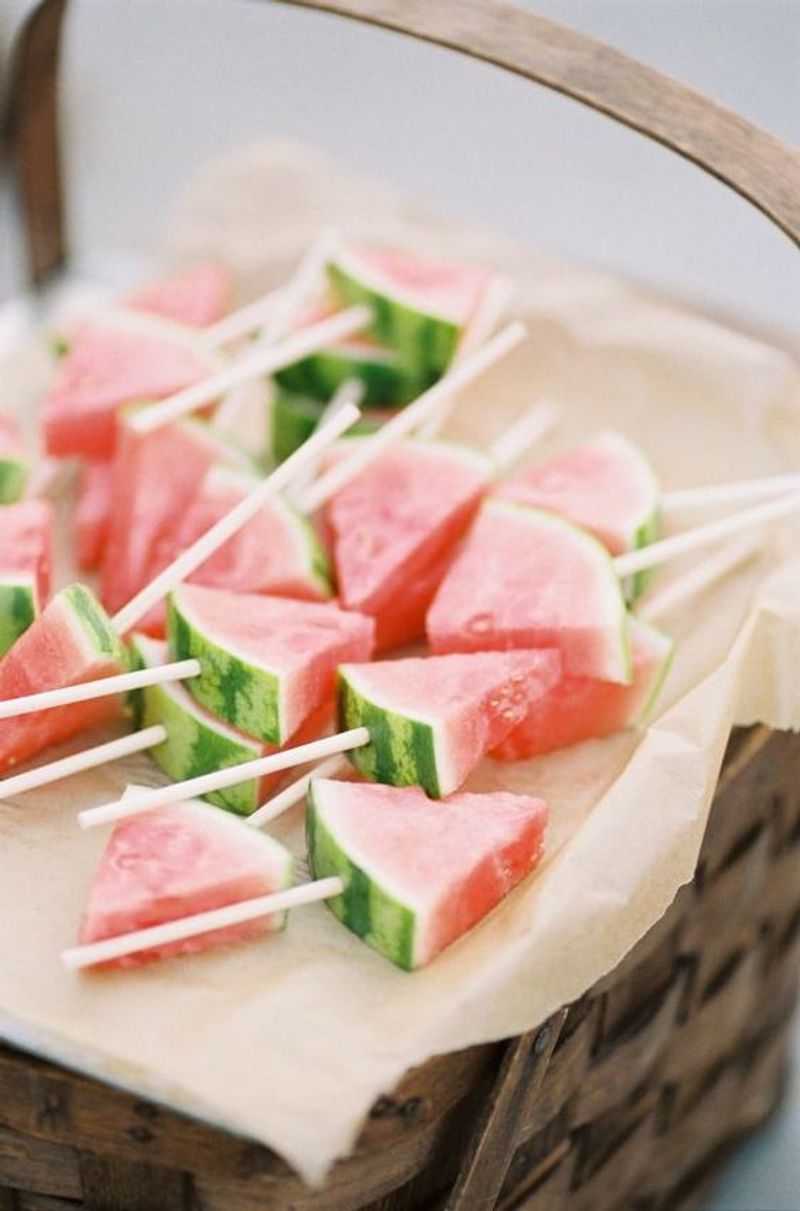

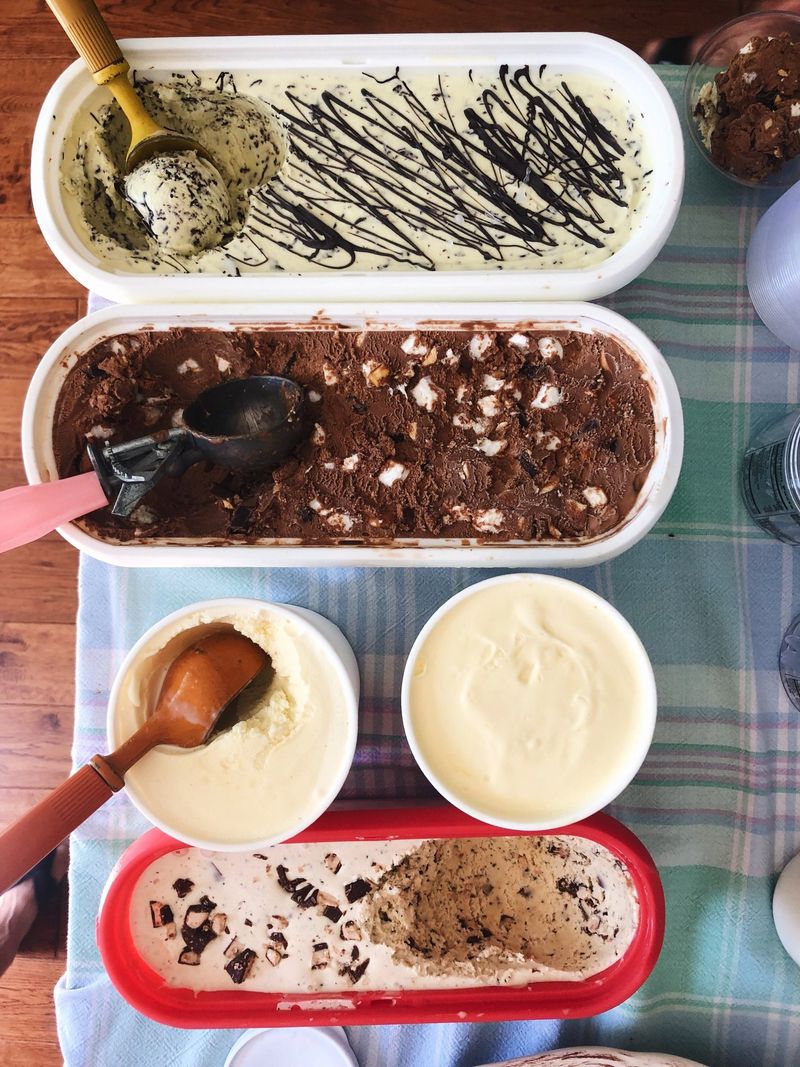
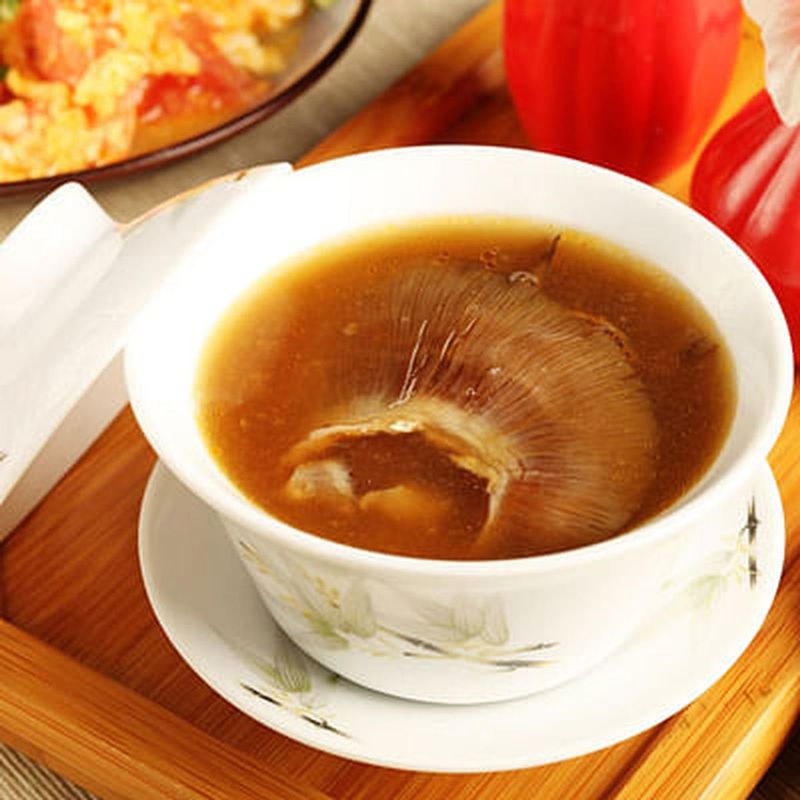
Leave a comment